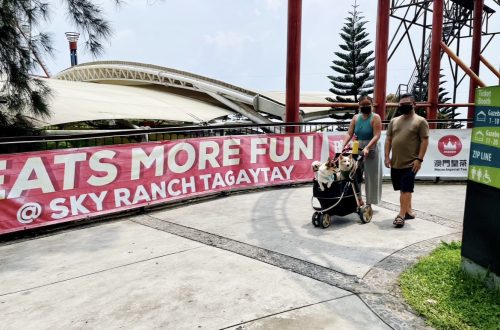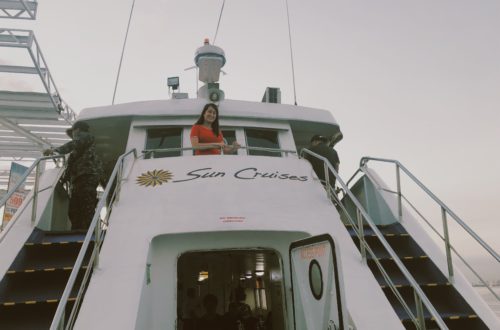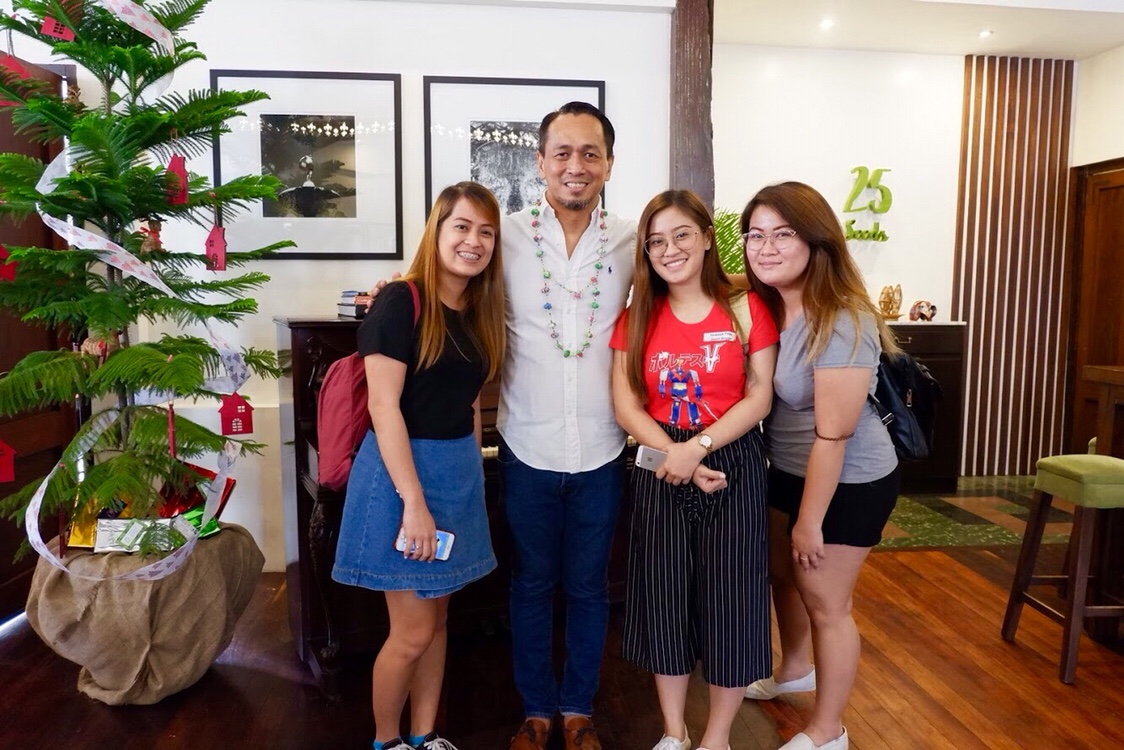
10 places to visit in Pampanga in 1 Day with Philtranco
Philtranco is a Philippine transport company with a reach from Luzon to Mindanao. Philtranco is also one of the largest and the oldest bus company in the Philippines and in Asia.
Last 29 of November 2017, I am honored to be one of the lucky bloggers to join the event which was hosted by Philtranco. Together with the other bloggers and media representatives, we got a chance to experience one of the popular routes covered by Philtranco which is known to be the Culinary Capital of the Philippines, Pampanga.
The event was all about “Tasting flavorful places of Pampanga”, a tour of lifestyle and food. Anyone who loves to eat and travel knows that Pampanga is a melting pot of sights and cultures. Pampanga is not only known for its well-known dishes and delicacies but also known for it’s historical sites and wonders. So, let me give you a quick recap of our Pampanga trip.
St. James The Apostle, Betis Church in Guagua
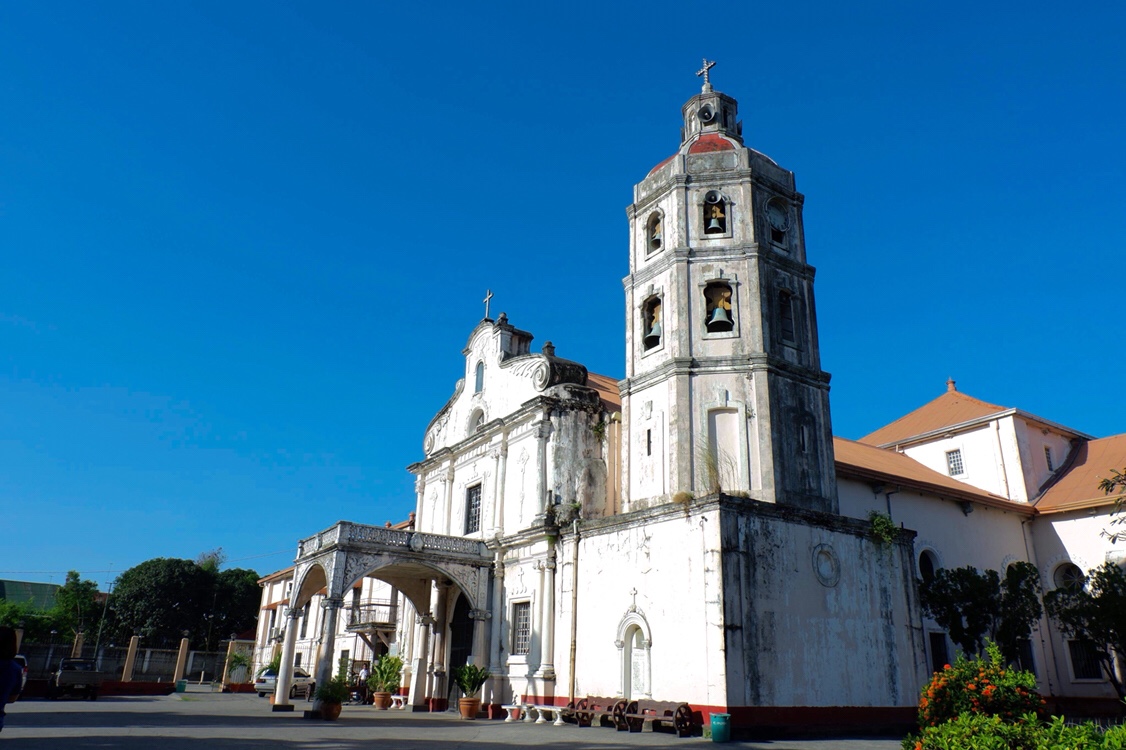
Betis Church is one of the elite churches in the country that has been declared as National Cultural Treasure by the National Museum and the NCCA.

The Baroque-inspired built in 1660 under Father Jose de la Cruz and was beautified in 1939 by Father Santiago Blanco.
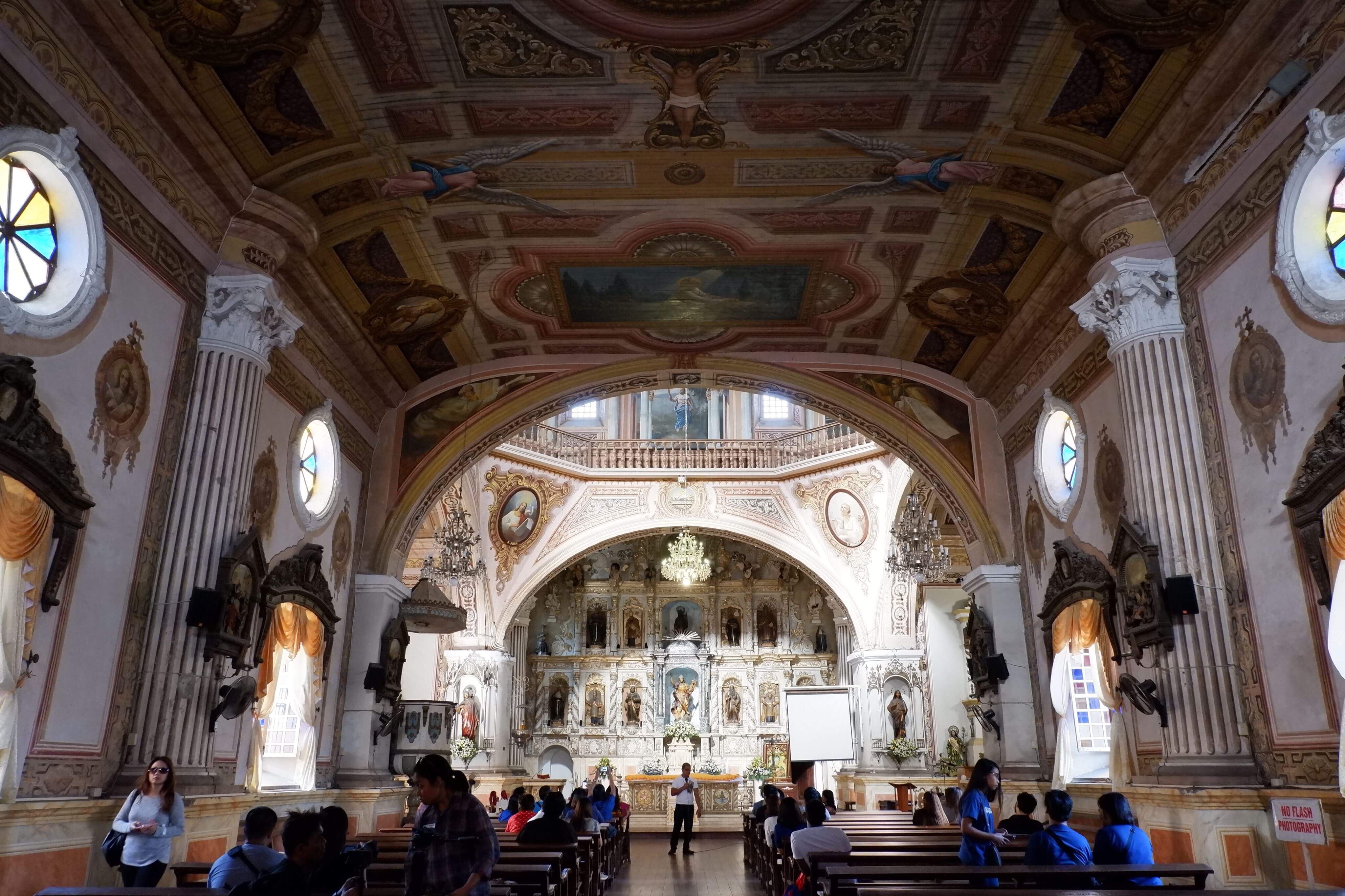
The Interior Ceiling was painted by the famous, Anac Baculud, a relative of Juan Crisostomo Soto.
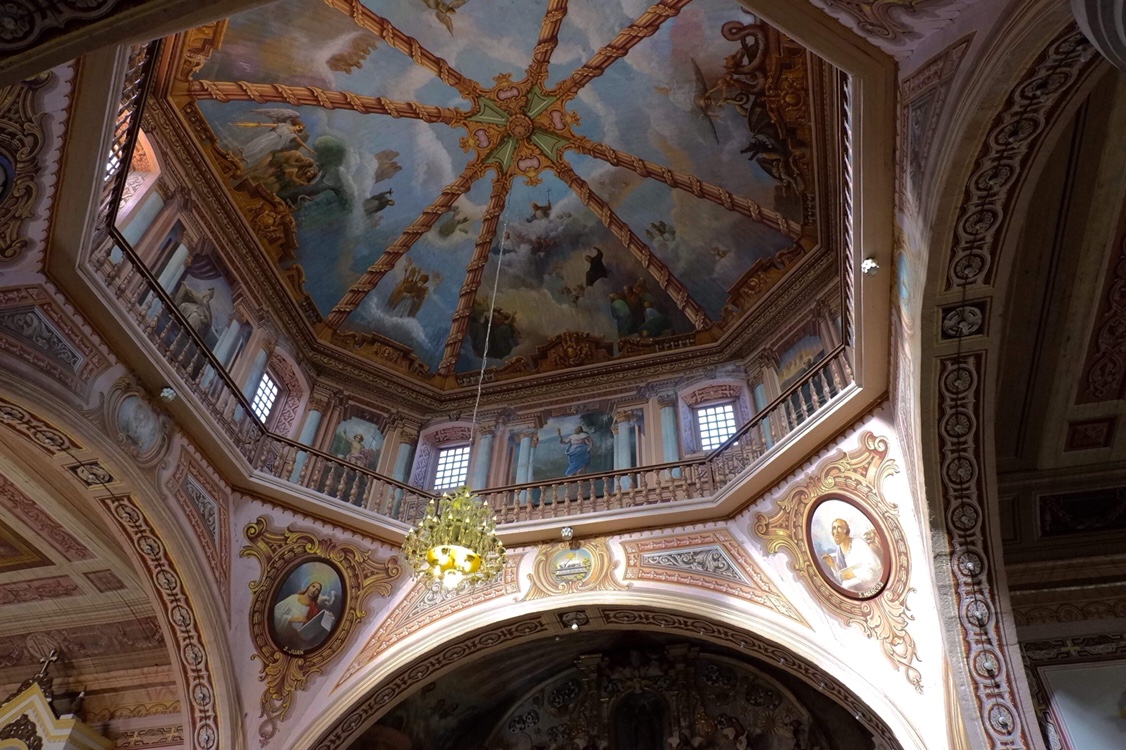
JB Betis Woodcraft in Guagua
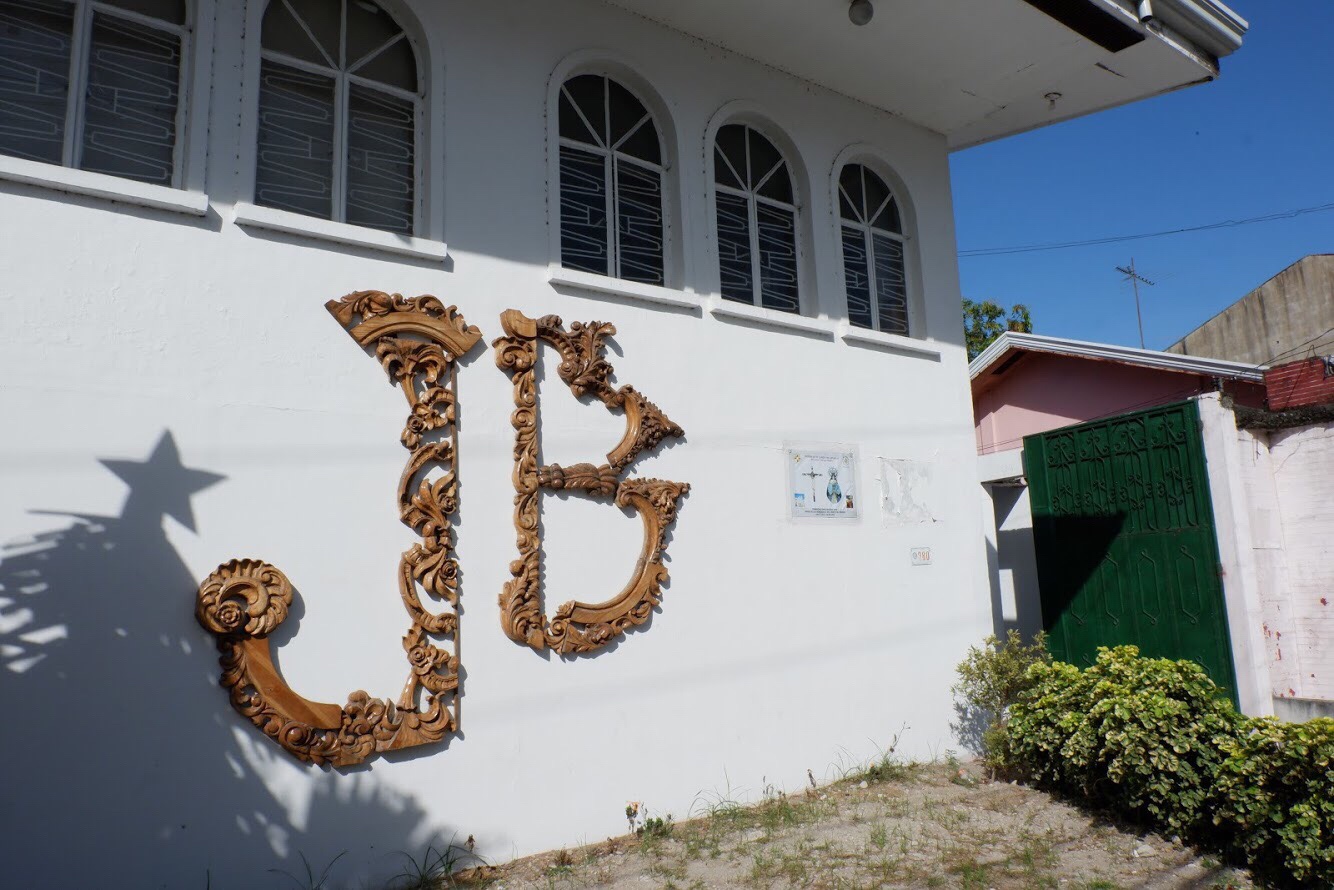
Betis Crafts is the acknowledged leader in hand-carved and solid wood furniture and accessories like the reproduction of chairs, tables, mirrors, consoles, bedroom pieces and cases.
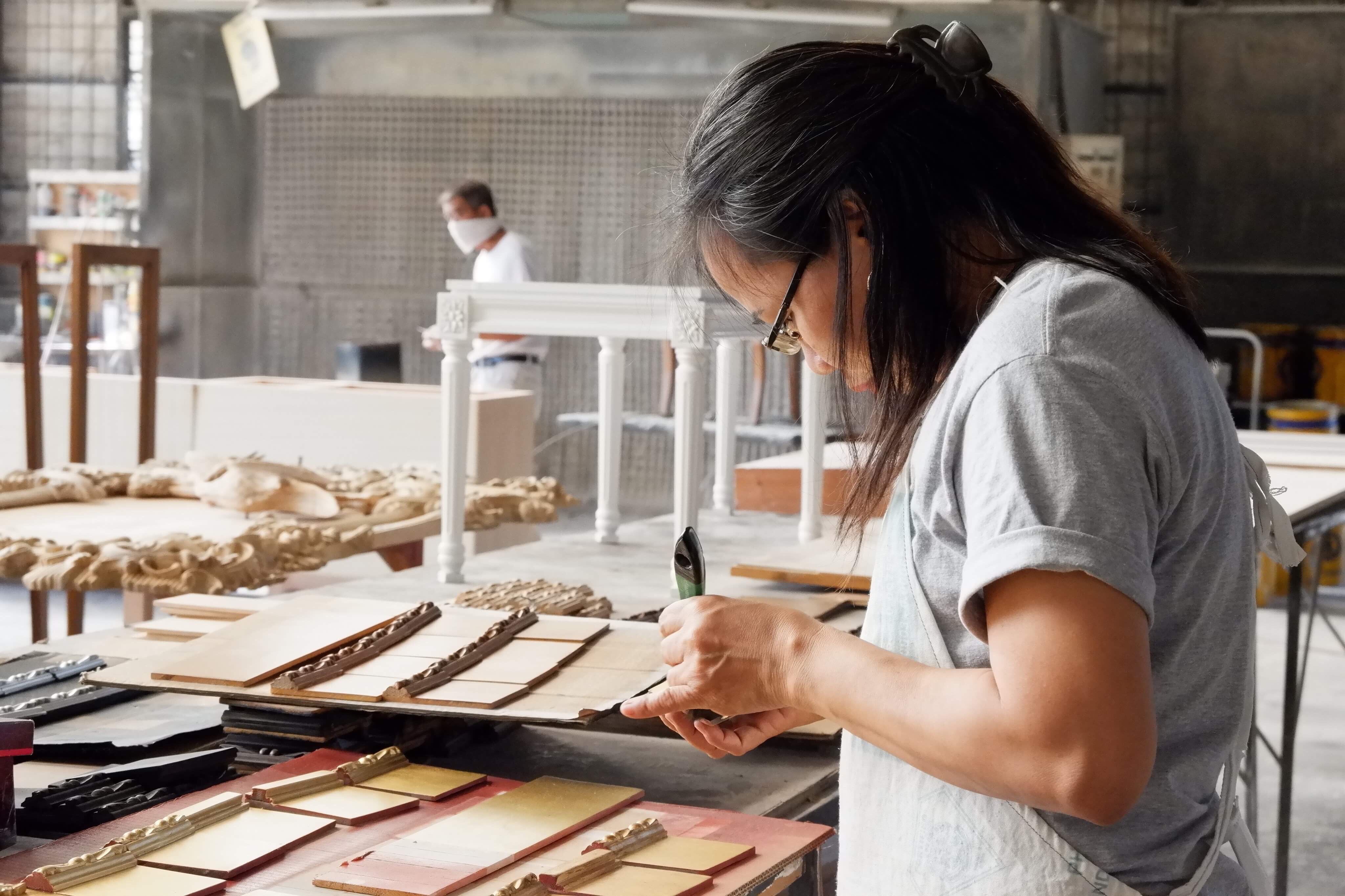
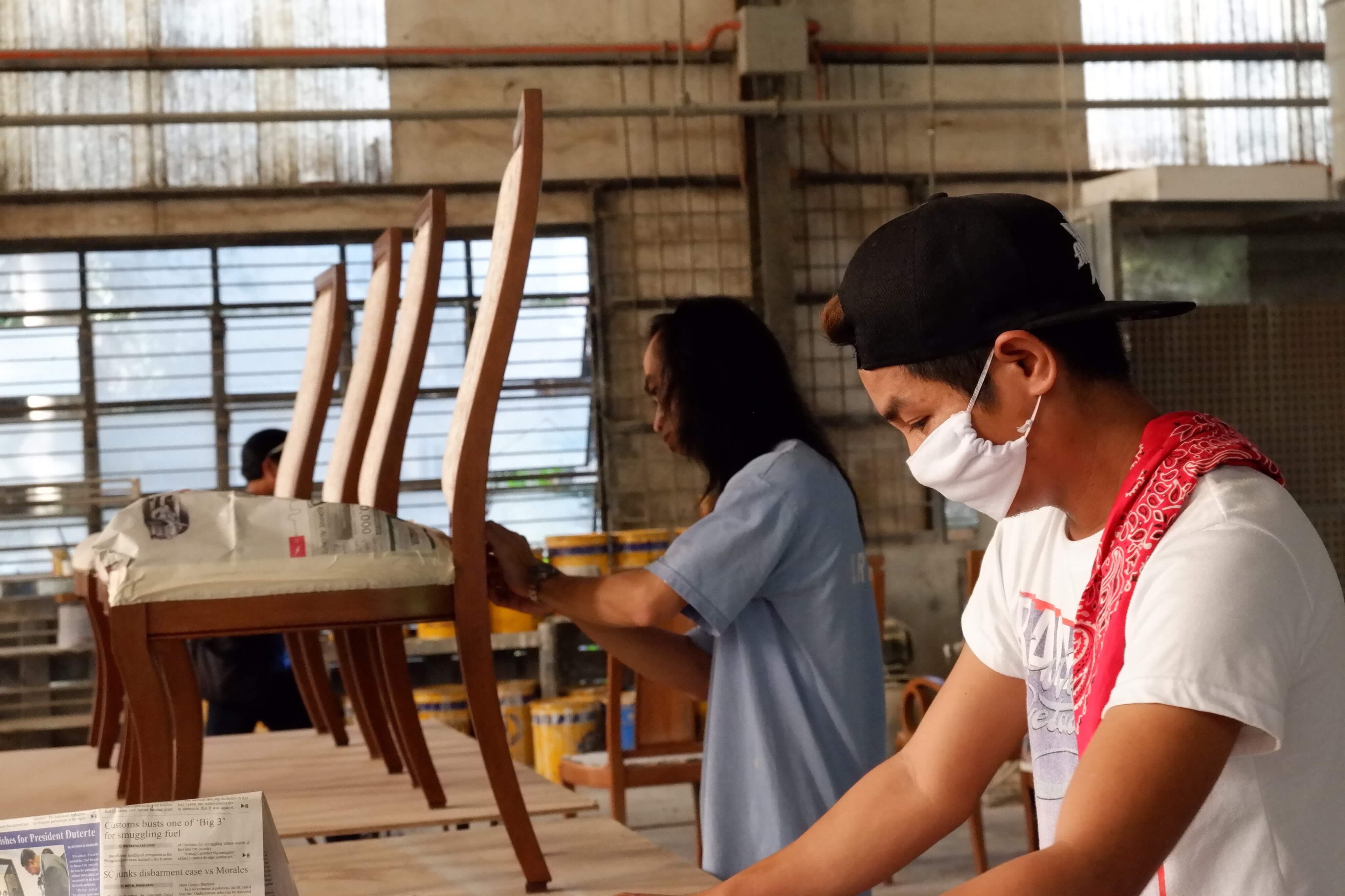
They customize their designs according to their clients’ preferences and they also export worldwide!
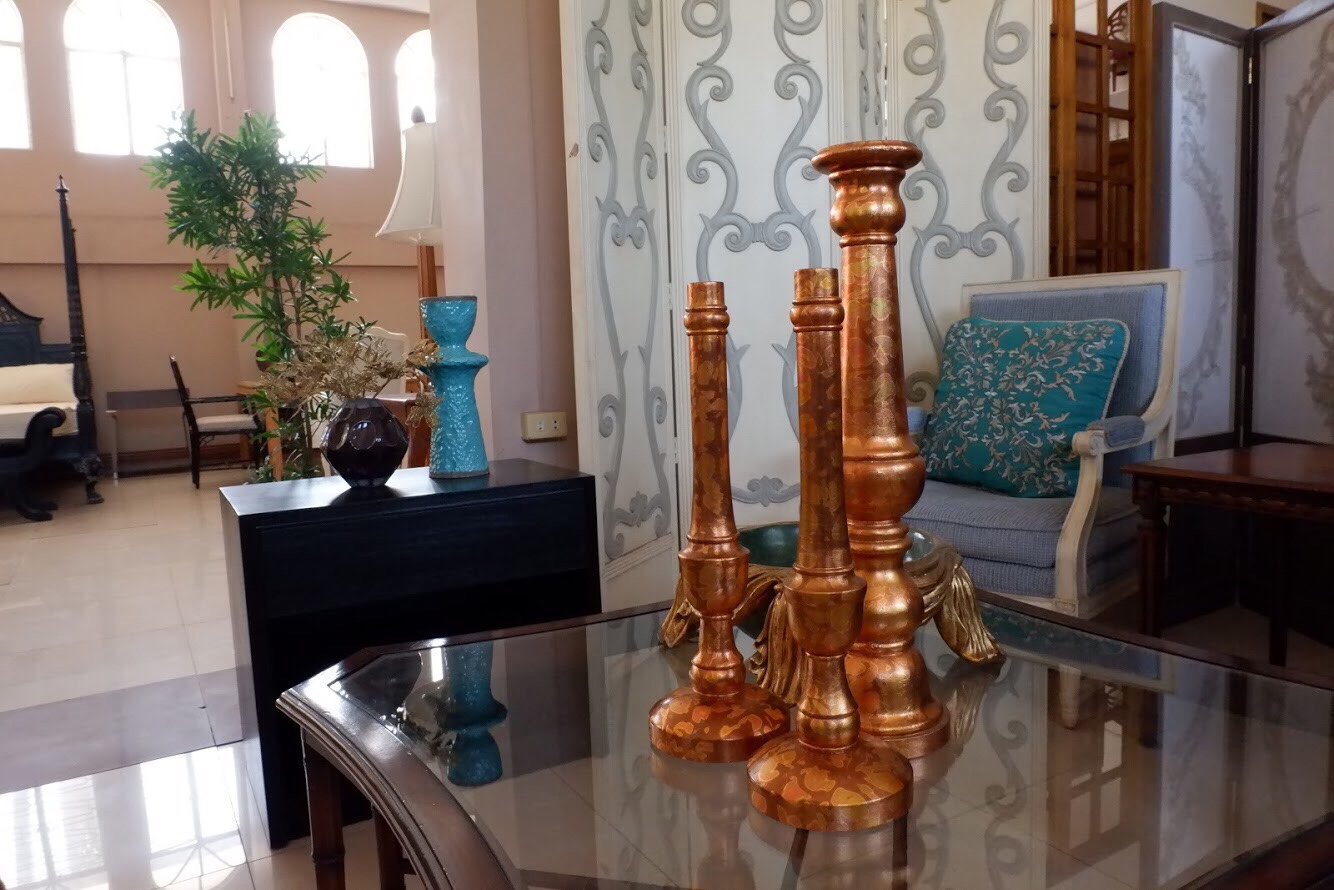
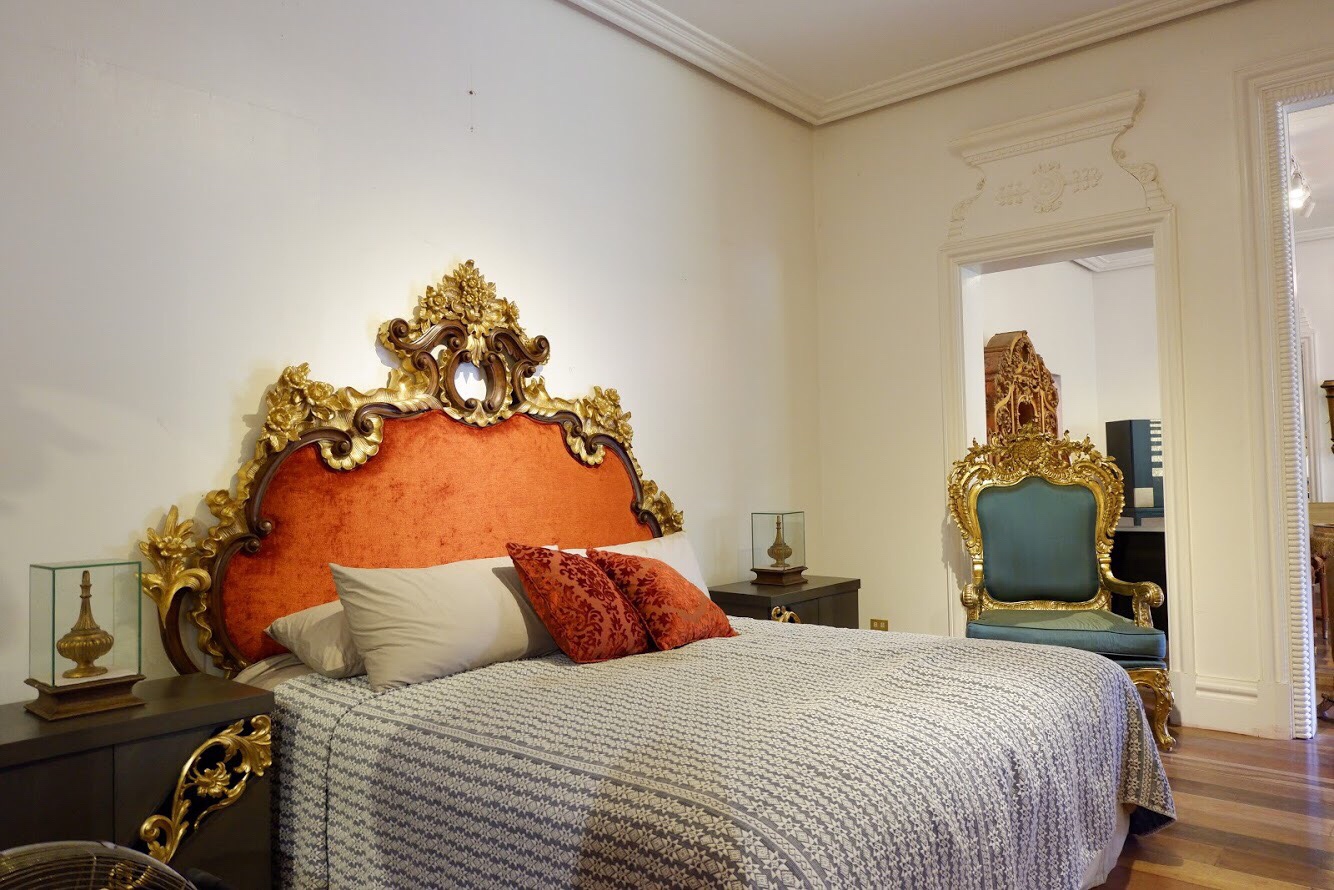
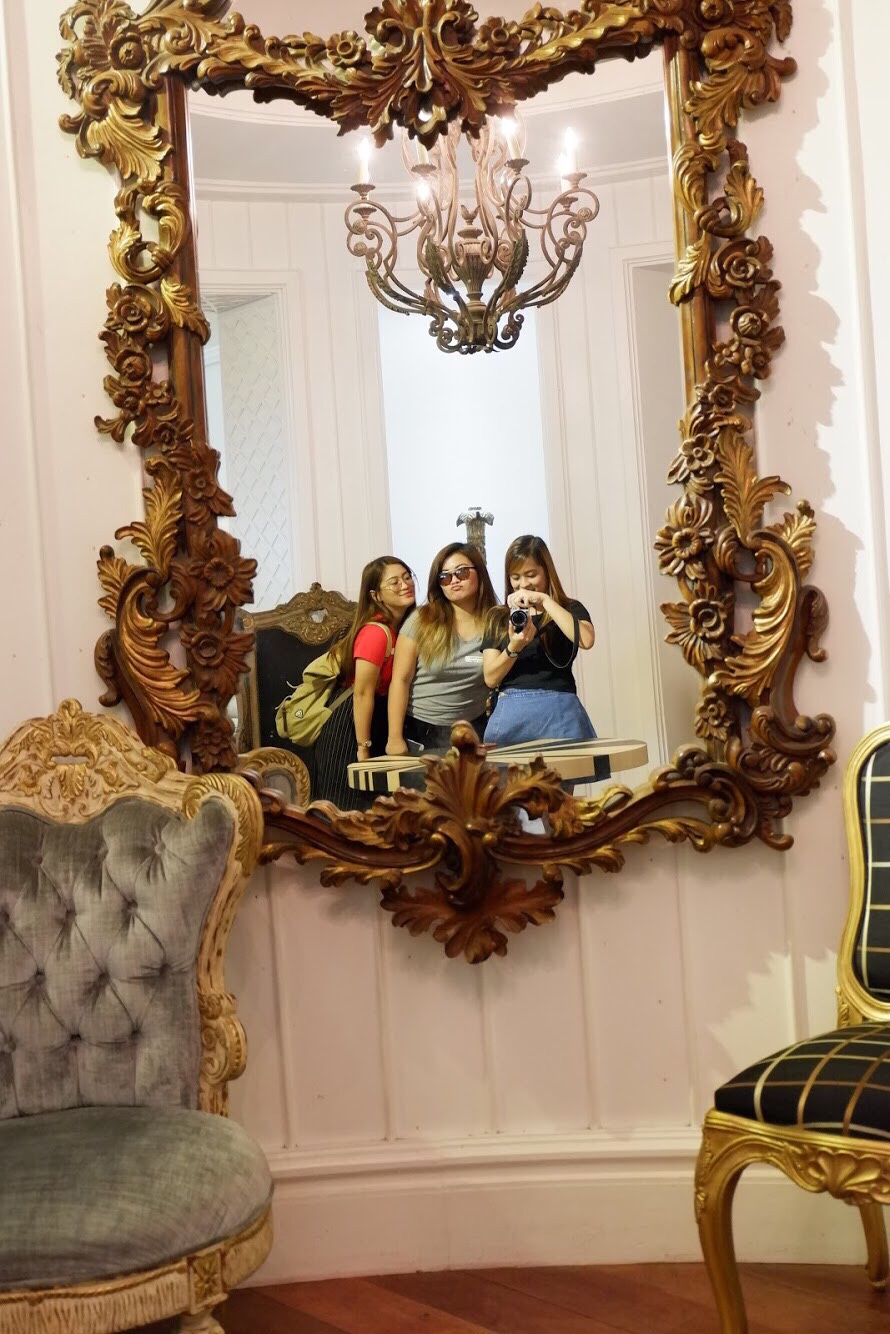
San Guillermo Church in Bacolor
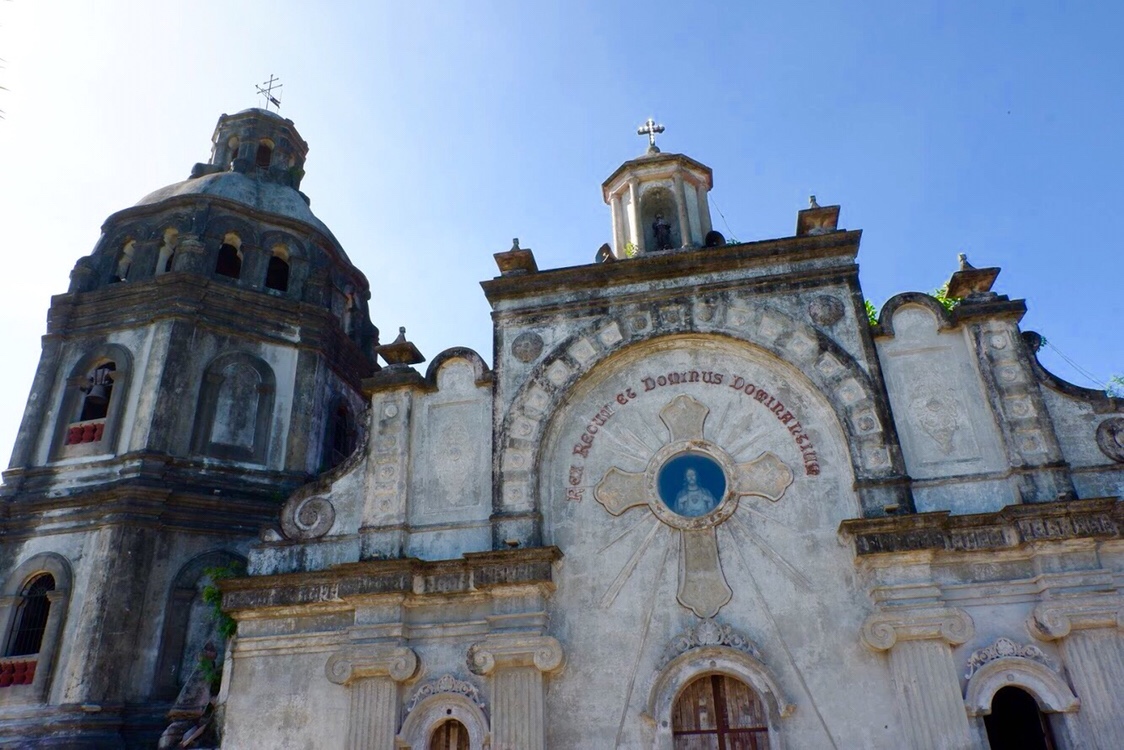
Trivia: Due to the Mount Pinatubo eruption in 1991, the church was half buried and reduced the façade into the half. It was originally standing at 12 meter high. The original door was buried by mud and ash that’s why it can no longer be seen.
Aling Laring Tamales – Cabalantian in Bacolor
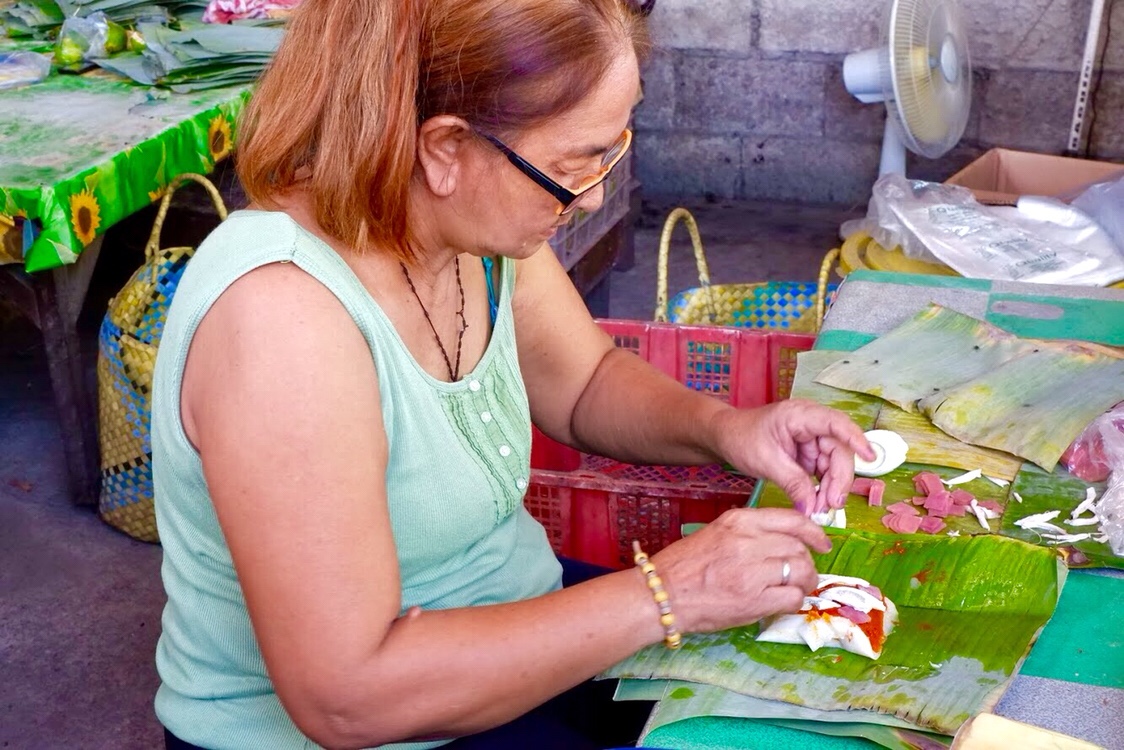
Aling Laring showed us the process of making of the famous rice delicacy of Pampanga, the Tamales. Also, Aling Laring is known to be “The Tamales Queen” for pioneering the production of Tamales way back in 1972.

Trivia: Tamales or Bobotu (means to vote) was inspired by the Filipino women who gathered themselves during elections and cooked Tamales while their men went out to vote.
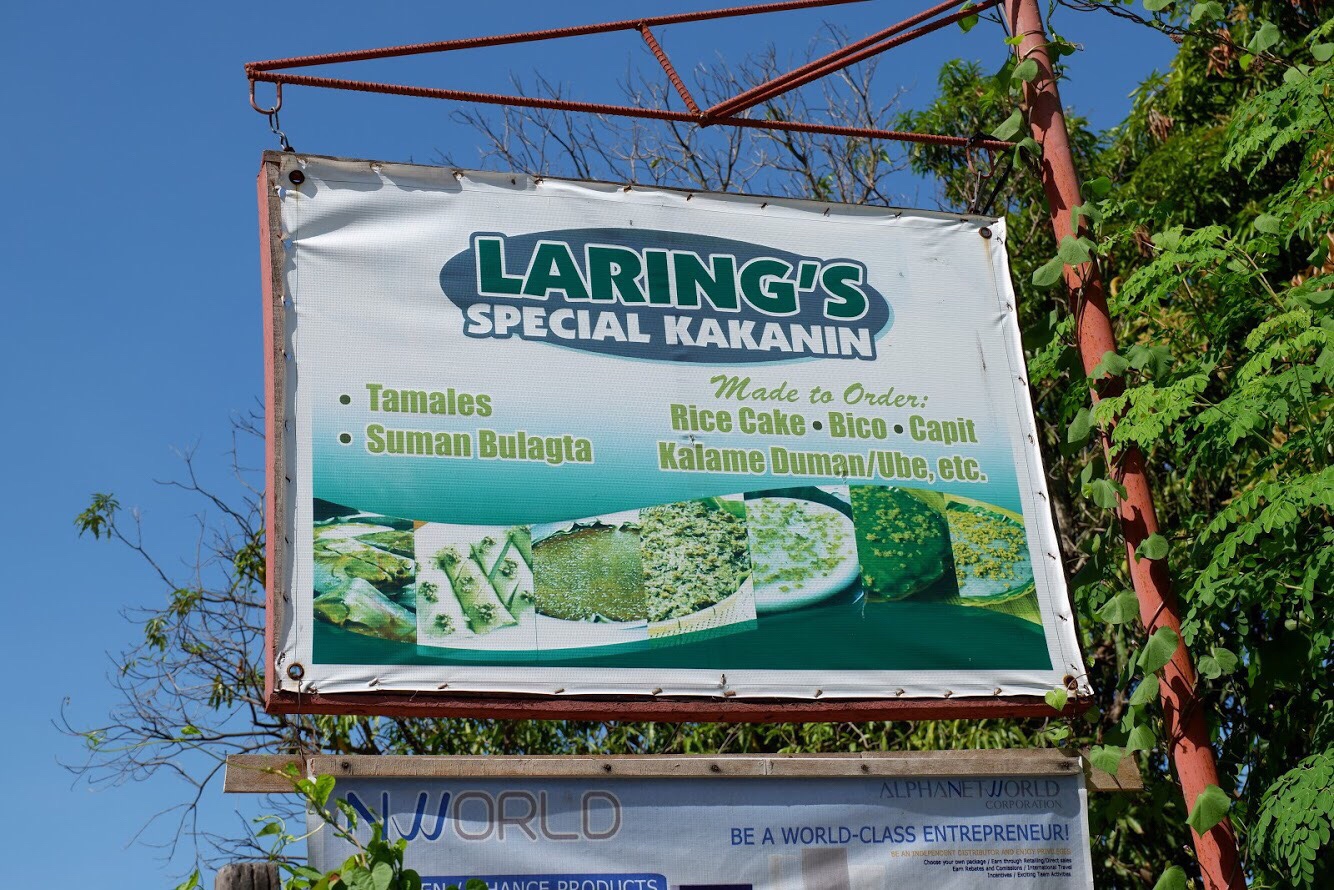
25 Seeds Restaurant in Angeles
 And for our lunch, we got a chance to dine in the famous restaurant of Chef Sau Del Rosario, the 25 Seeds.
And for our lunch, we got a chance to dine in the famous restaurant of Chef Sau Del Rosario, the 25 Seeds.

The mansion was originally built in 1920s, and was owned by a prominent doctor.

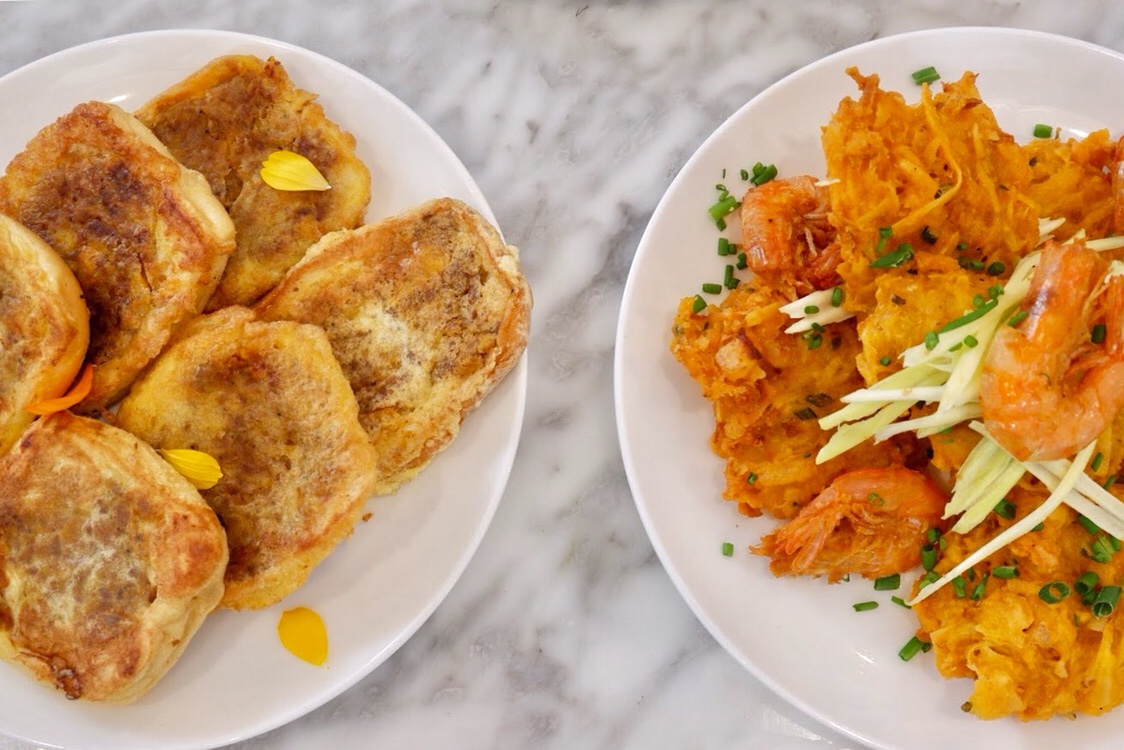
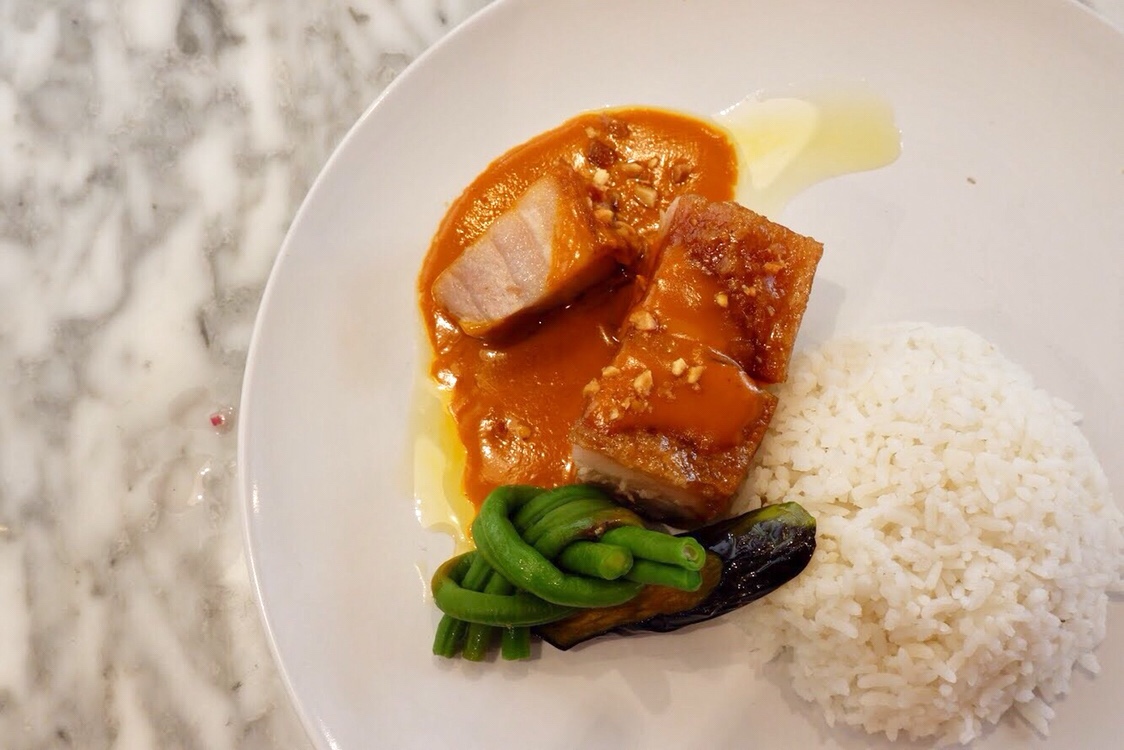

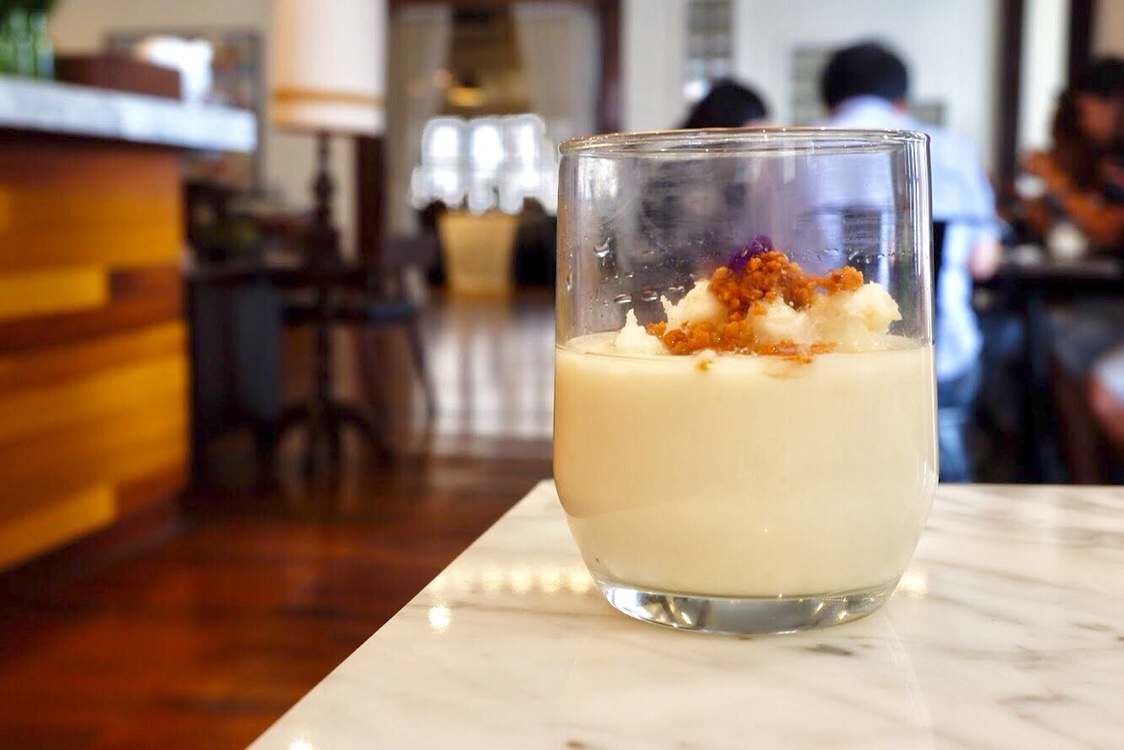
They served us with several dishes and fun fact: they were all so “Instagramable”. The dishes were so sumptuous to eat and the ingredients were all fresh! The vegetables were hand-picked in their garden.
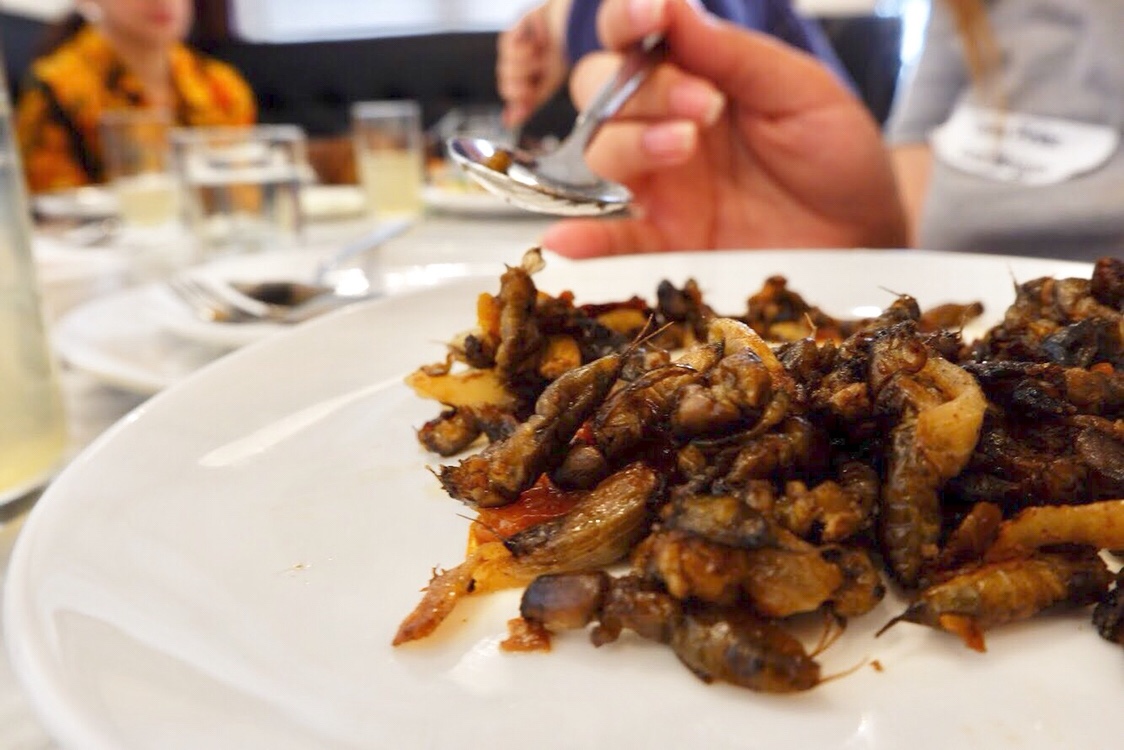
Of course, we couldn’t miss the chance to taste the exotic specialties of Pampanga, like the camaru or fried crickets in other words. At first, I was too hesitant to taste it because of the appearance but it’s does not taste that bad though. Bucket List Check!


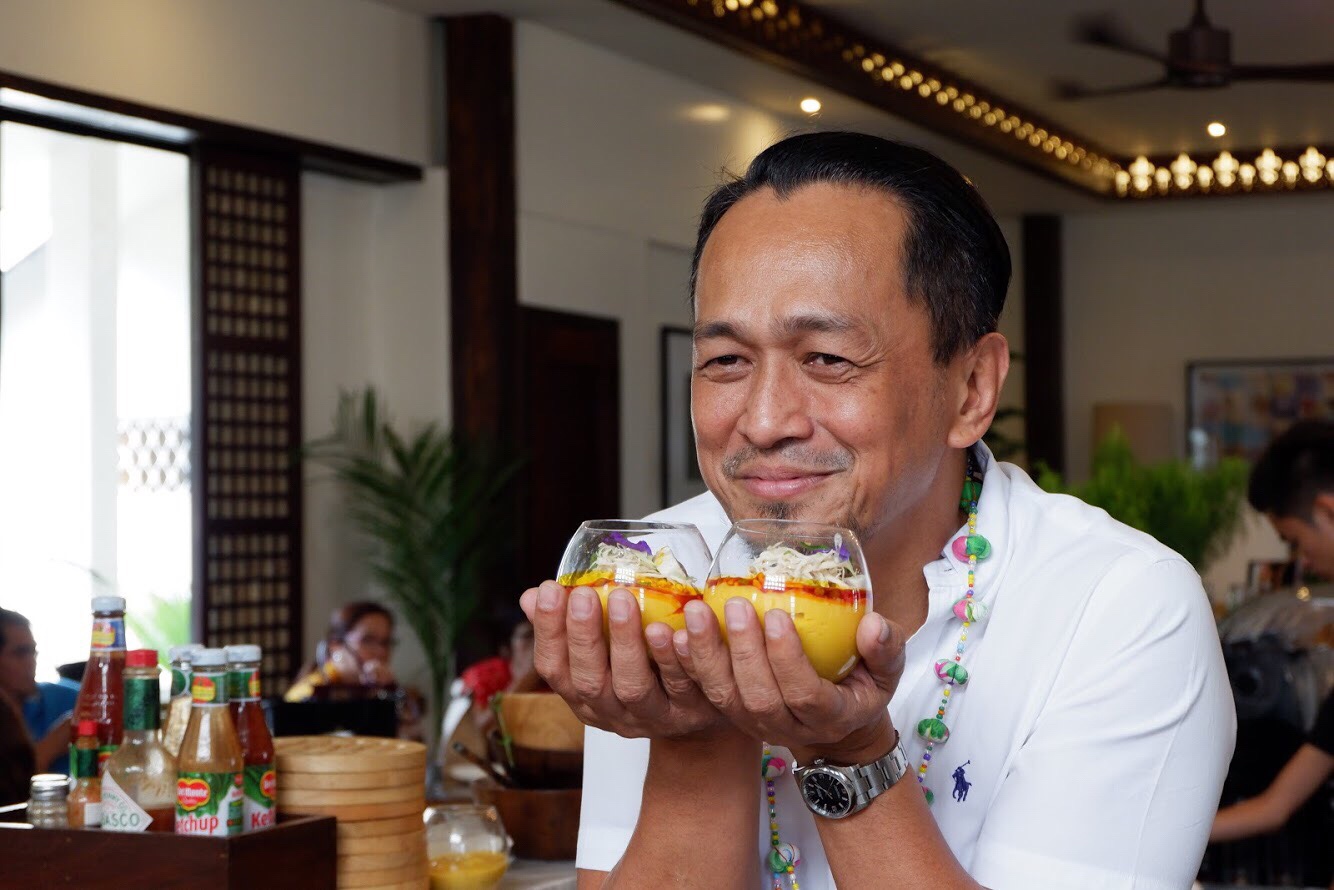
Chef Sau also demonstrated to us how they cook their own version of Tamales. I must admit, Chef Sau was so pleasing and entertaining to watch.

Susie’s Cuisine in Angeles
It’s pasalubong time! Susie’s Cuisine was established in 1972 which was owned by Mrs. Anicia Aysin. Their specialties were more of Pancit Luglug (Palabok) and native rice delicacies.
Pamintuan Mansion in Angeles

The Museum of Philippine Social History or the Pamintuan Mansion is an ancestral house built in 1880’s which is now turned into the first-ever museum in the country that delves into the social history of Filipinos.

The museum focuses on the citizen’s appreciation of local tradition, history, and culture.
Center of Kapampangan Studies in Angeles

Center for Kapampangan Studies under the Holy Angel University was developed to preserve and promote the culture, heritage, and language of Pampanga.
Aling Lusing’s Sisig in Angeles

Aling Lusing’s sisig is the reason why Angeles is known to be the “Sisig Capital of the Philippines” and the founder, Lucia Cunanan was called as the “Sisig Queen”.

Kabigting’s Halo-Halo in Angeles
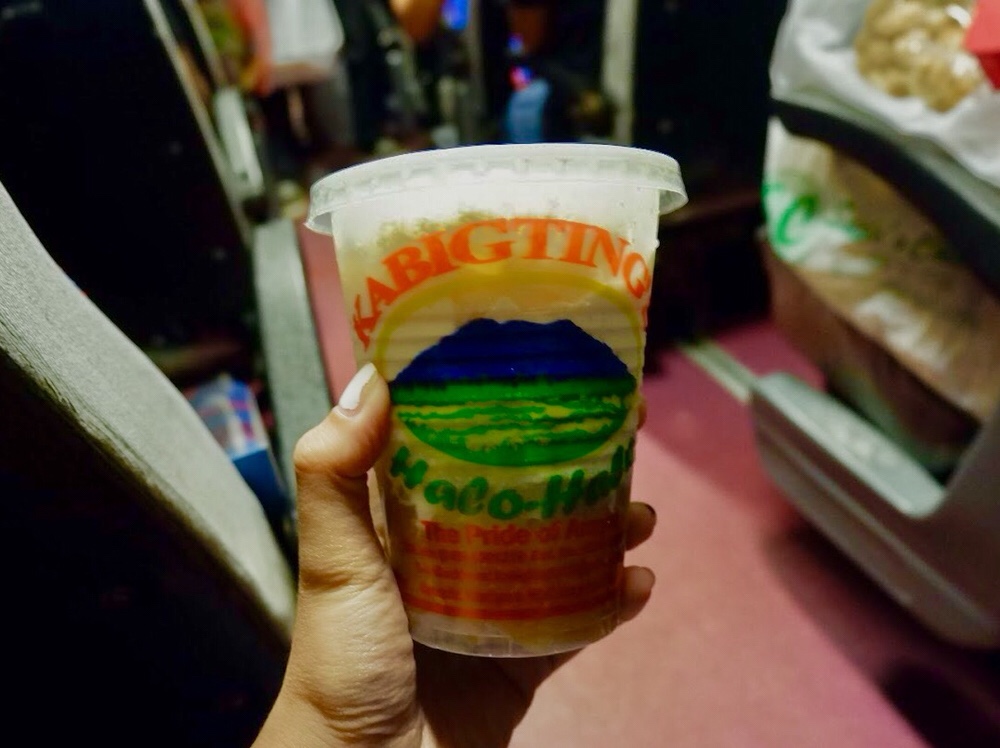
On our way home, we were indulged by one of the “Pride of Arayat” which is the Kabigting’s Halo-Halo. I must say that it was delicious despite that it has only 3 ingredients: Haleyang Beans, Carabao’s milk pastillas and cream of corn.
Indeed, this trip was a worth-while experience! Thanks to Philtranco for making Philippines more accessible and for introducing me to the other side of the map. Hence, will definitely be back to Pampanga, to explore more.

History of Philtranco:
Philtranco was established in 1914 by two Americans, Albert Louis Ammen and Max Blouse who, together, formed Al Ammen Transport Company or ALATCO – the first bus operator in the Philippines as well as in Asia.
Philtranco started as one auto-truck fleet eventually became a pillar of the Southern Tagalog economy in 1929. By 70’s, the company expanded its services to the Eastern Visayas region. By the 80’s, it expanded into the ferry operations. It was in 1984 that the company formally changed its name to Philtranco Service Enterprises, Inc.
Today, Philtranco has a growing fleet of 250 buses that range from deluxe, premium deluxe, to executive seater transport services. It has forged partnerships with Jam Liner and FastCat, to provide not only an alternative to air travel but also to offer a more diverse passenger experience.
To know more, you can visit their website at www.philtranco.net and for reservations, you can contact them through this number 0917-860-4418.


